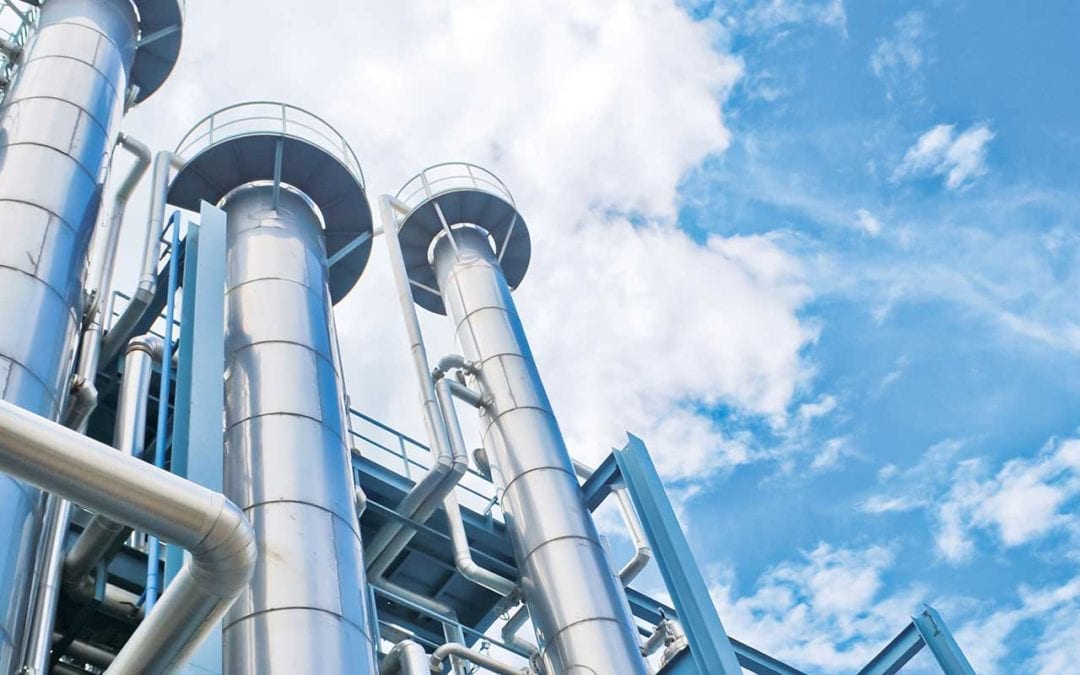5 Key Considerations When Selecting a CRA
When should you use corrosion-resistant alloys in upstream production?
A straightforward and simple enough question. However, like so many questions concerning corrosion prevention, the answer is not quite as simple ─ especially when considering the complexities of corrosion management in the oil and gas industry.
Let’s start by describing what a corrosion-resistant alloy is before considering the steps to take when selecting metal selection in upstream installations.
What is a corrosion-resistant alloy?
The term ‘corrosion-resistant alloy’ (CRA) refers to specific metals or alloys that resist certain corrosion mechanisms. This makes them an excellent choice to combat material degradation caused by corrosion.
However, it’s important to understand that not all CRAs are equal. For example, 316L stainless steel is commonly used in upstream operations for its resistance to carbon dioxide (CO2) corrosion, but it is vulnerable to corrosion in oxygenated seawater.
Therefore, when selecting a CRA it is crucial to first define the corrosion mechanism or mechanisms that the CRA needs to combat – on both internal and external surfaces.
Corrosion-resistant does not mean corrosion will not occur
CRAs are only one of the weapons in the armoury of Materials and Corrosion (M&C) professionals. If only CRAs were the answer to corrosion, the job would be easy! Unfortunately, CRAs are not immune to corrosion in every environment. Indeed, it’s critical to understand this – and a key role of M&C engineers is to educate non-corrosion specialists on the limits of specific CRAs in specific environments.
Isn’t a CRA simply stainless steel?
It’s true that many CRAs are stainless steels and, for a long time, the term stainless steel was used generically to describe any metal that was corrosion resistant. But not all CRAs are stainless steel.
The term CRA emerged when industry started to use alloys without iron as their majority element in the battle against corrosion – such as nickel and titanium-based alloys.
Selecting an appropriate CRA: a step-by-step guide
When we select a CRA, it’s essential that we don’t replace one corrosion mechanism with another. If we do this, we could actually increase the risk associated with corrosion.
For example, many stainless steels are resistant to CO2 corrosion but vulnerable to cracking mechanisms like Chloride Stress Corrosion Cracking (SCC) and Sulphide Stress Cracking (SSC). This can happen suddenly and without warning with catastrpohic consequences. In many situations it will be preferable to have a corrosion mechanism where corrosion monitoring can detect corrosion problems before significant metal loss has occurred.
Five key considerations that we must make when selecting a CRA are:
- Cost
- Welding
- Galvanic corrosion
- Construction and commissioning
- Availability
CRAs are more expensive than carbon steels, and they require extra care when welding, adding to the cost of construction. Moreover, CRAs can function as a cathode, promoting corrosion of other metals, and they may not be readily available due to manufacturing challenges and mill constraints.
With specific regard to cost, we must consider ‘whole-life costing’. This includes the cost of procurement, construction, operation, and decommissioning costs. Typically, CRAs become more attractive as the required lifetime of a project increases.
We need to consider the expertise needed for welding, and if this is available near to the project site.
And in the construction phase, we must ensure that the CRA does not come into contact with a fluid that is corrosive to it – if this happens, then the CRA can corrode or crack before it enters operational service.
So, when should you use corrosion-resistant alloys in upstream production?
Because of the factors mentioned above, before we consider using CRAs we should assess using carbon steel. Indeed, this should always be the base case for construction. We can then compare CRAs to this, and evaluate under three main themes:
- Risk
- Operability
- Cost
The decision to use a CRA can be straightforward, such as when the corrosion rates of carbon steel are unacceptably high (risk) or when a combination of high strength and corrosion resistance is essential (operability). Risk and operability are intricately linked, and combine to create cost.
The decision to select a CRA in upstream production is often complex. There are so many factors involved. This is why it’s crucial to use M&C professionals to assess the risks and costs of both carbon steel and CRA options for a project. You may also require consultation with corrosion professionals with specialised knowledge of specific materials and types of corrosion to properly evaluate options.
Sometimes, the decision to use a CRA can be simple. For example:
- When corrosion rates of carbon steel are unacceptably high
- When the construction and operational costs for managing a carbon steel facility exceed the cost of using CRA for the project
- When the risk of maintaining an active mitigation system for carbon steel equipment is unacceptable
- When a combination of very high strength and corrosion resistance are essential
However, it is rarely this straightforward. Selecting CRAs for upstream equipment requires careful evaluation of numerous factors. While CRAs can be an excellent material choice, they are not immune to every corrosion environment, and it’s important to recognise their limitations.
Bill Hedges, past President of the Institute of Corrosion, covered this subject in greater detail in Corrosion Management, the leading journal for corrosion control and prevention and distributed to subscribers worldwide. Back issues are only available to members of the Institute of Corrosion.
To apply for membership of the Institute of Corrosion, click here.

